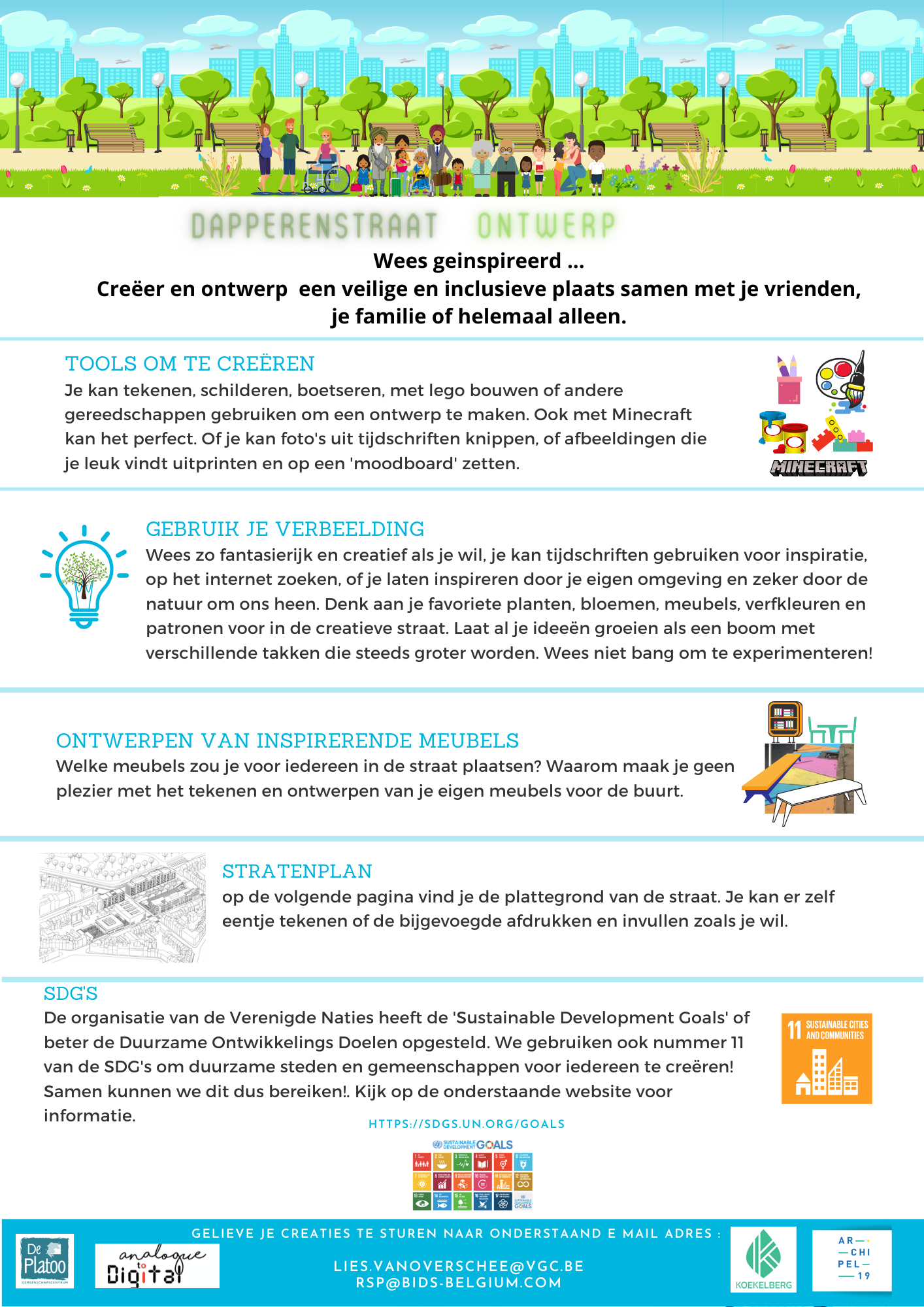IDA and BIDs Belgium partner study trip to Brussels with WTLS International Delegates

The World Towns Leadership Summit 2024 will be held in Stockholm between the 10-13th of June and organised by the International Downtown Association and Svenska Stadskarnor
BIDs Belgium will be partnering with the the IDA, for a special Brussels study tour / visit on June 14th, with some of their international delegates from the WTLS, as an optional tour for Delegates of WTLS. The programme we have organised is below, with thanks to the below mentioned collaborators for this day.

BIDs Belgium has the pleasure to organize and welcome host WTLS Delegates to present topics with our extended network related to Smart City Brussels, CAVE at the location of the Digital Hub BeCentral, with thanks to Tanguy de Léstre the Smart City and Innovation Initiatives Lead at Smart City Brussels. We will also visit the recently renovated historic building of La Bourse which hosts the ground floor open public space and the Museum of the Belgian Beer World. With a special thanks to an introduction to be given by Minister Sven Gatz – Minister of the Government of the Brussels – Capital Region, reponsible for Finance, Budget, Public Service, Promotion of the Multilingualism, and the Image of Brussels. Including the brief talk on the newly renovated and pedestrianised public space in the City. We will also visit Gare Maritime and Tour and Taxis location with thanks to Jens Aerts from SWECO and his colleague Diego Lunaquintanila, who will take us on a tour and share on sustainabilty aspects for the site of Tour and Taxis in the North District, as well as PED’s with Positive Energy Districts and Energy initiatives in Brussels and Europe.
We look forward to sharing more pictures and information about the day soon.
For more information about the International Downtown Association please visit their website and information about the World Towns Leadership Summit here.








































